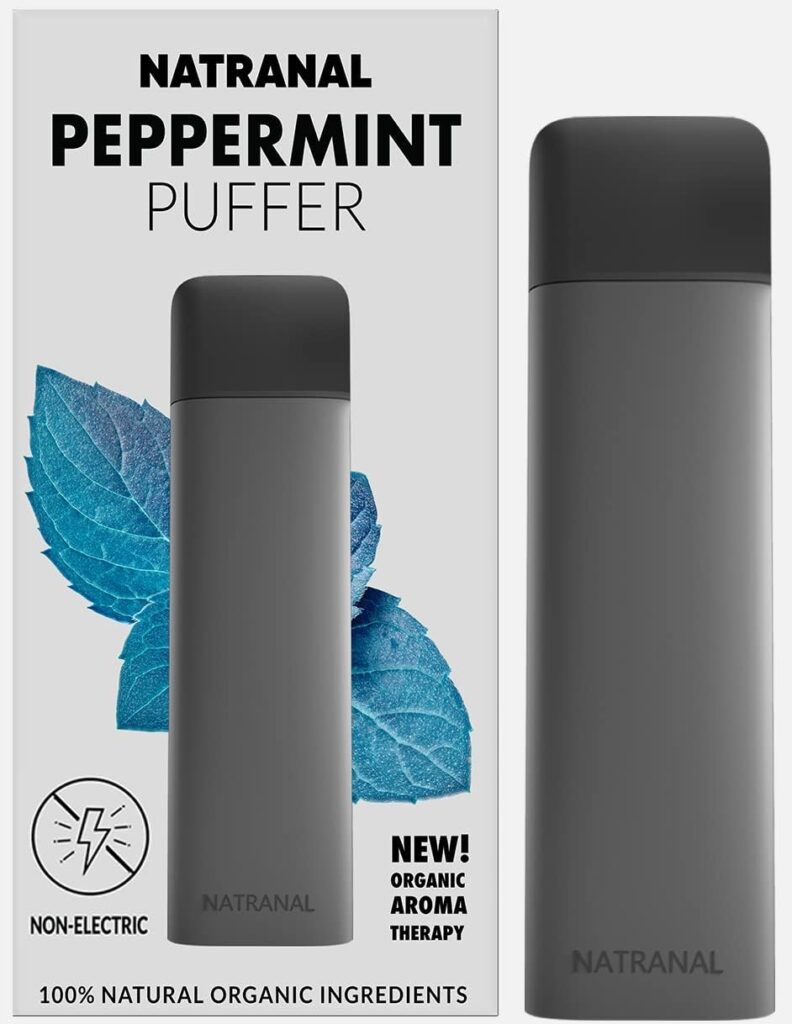In recent years, the rise of vaping has been hailed as a potential game-changer in the battle against smoking addiction. E-cigarettes, with their promise of reduced harm compared to traditional cigarettes, were seen as a safer alternative and a potential aid in smoking cessation efforts. However, recent studies have revealed a troubling trend: instead of helping people cut down on smoking or quit altogether, vaping may be contributing to a new form of nicotine addiction.
One of the key factors behind this shift is the convenience and ease of vaping. Unlike traditional cigarettes, which are often restricted to designated smoking areas, e-cigarettes can be used almost anywhere, anytime. This unrestricted access has led to a scenario where people are vaping more frequently than they would smoke cigarettes. Many users are consuming multiple cartridges a day, which can be equivalent to smoking a pack of cigarettes or more, depending on the brand and nicotine content.
Another concerning aspect is the normalization of vaping in various settings. While smokers used to take breaks at work to go outside for a smoke, many are now vaping at their desks. At home, instead of stepping outside for a cigarette, people are puffing on their e-cigarettes while watching a movie or relaxing on the couch. This constant availability and integration into daily activities can lead to a higher level of dependence on nicotine than was experienced with traditional cigarettes.
Furthermore, the design of e-cigarettes, with their sleek and tech-savvy appearance, can make them more appealing to younger audiences, leading to a rise in nicotine addiction among youth who might not have otherwise started smoking.
Studies have also shown that the nicotine content in some e-cigarettes can be higher than in traditional cigarettes, leading to a more potent addiction. Additionally, the lack of clear regulations and oversight in the vaping industry has allowed for the proliferation of products with unknown or harmful ingredients, further complicating the issue.
While vaping was initially seen as a promising tool in the fight against smoking, it has become apparent that it comes with its own set of challenges and risks. Policymakers, healthcare professionals, and individuals need to be aware of these issues and work towards finding solutions that balance harm reduction with preventing new forms of nicotine addiction.
Beyond Nicotine: Addressing the Oral Fixation in Vaping
While nicotine addiction is a significant factor driving continued vaping, many people also continue to vape due to the oral fixation that smoking satisfies. This oral fixation, which is the habitual need to have something in the mouth, can be a powerful force that contributes to the difficulty of quitting vaping or smoking. Fortunately, there are several alternatives available that can help address this aspect of vaping addiction without the use of nicotine.
One popular alternative is the use of puffers for oral fixation relief. A key attribute of the device is its ability to let you draw in a breath of fresh air, supporting a sense of composure and focus.
Another alternative that is becoming popular is the breathing necklaces. They were originally created to aid in anxiety and stress by reminding you to take deeper fuller breaths throughout the day, but many are using them to replace the oral fixation of quitting smoking. (I must say they are very fashionable as well.)
These devices provide a similar sensation to vaping or smoking. This action mimics the hand-to-mouth motion and can help satisfy the oral fixation associated with vaping.
Another option is the use of aromatherapy nasal inhalers or essential oil roll-on products to quit smoking. These products utilize natural scents and oils to provide a calming or satisfying sensation when inhaled. The act of inhaling a pleasant scent can help distract from the urge to vape while also providing a sensory experience that can be satisfying in its own right.
These alternatives can be particularly helpful for individuals looking to cut down on their nicotine consumption. By addressing the oral fixation aspect of vaping, these products can help reduce the frequency of vaping sessions, which can, in turn, help decrease overall nicotine intake. This approach can be especially beneficial for those who are trying to quit vaping but are struggling with the habit’s oral aspect.
It’s important to note that while these alternatives can be helpful, they may not completely eliminate the urge to vape, especially for those with a strong nicotine addiction. However, when used in conjunction with other cessation methods, such as counseling or nicotine replacement therapy, they can be a valuable tool in the journey toward quitting vaping for good.
*I am an Amazon Associate and may receive a small commission.














